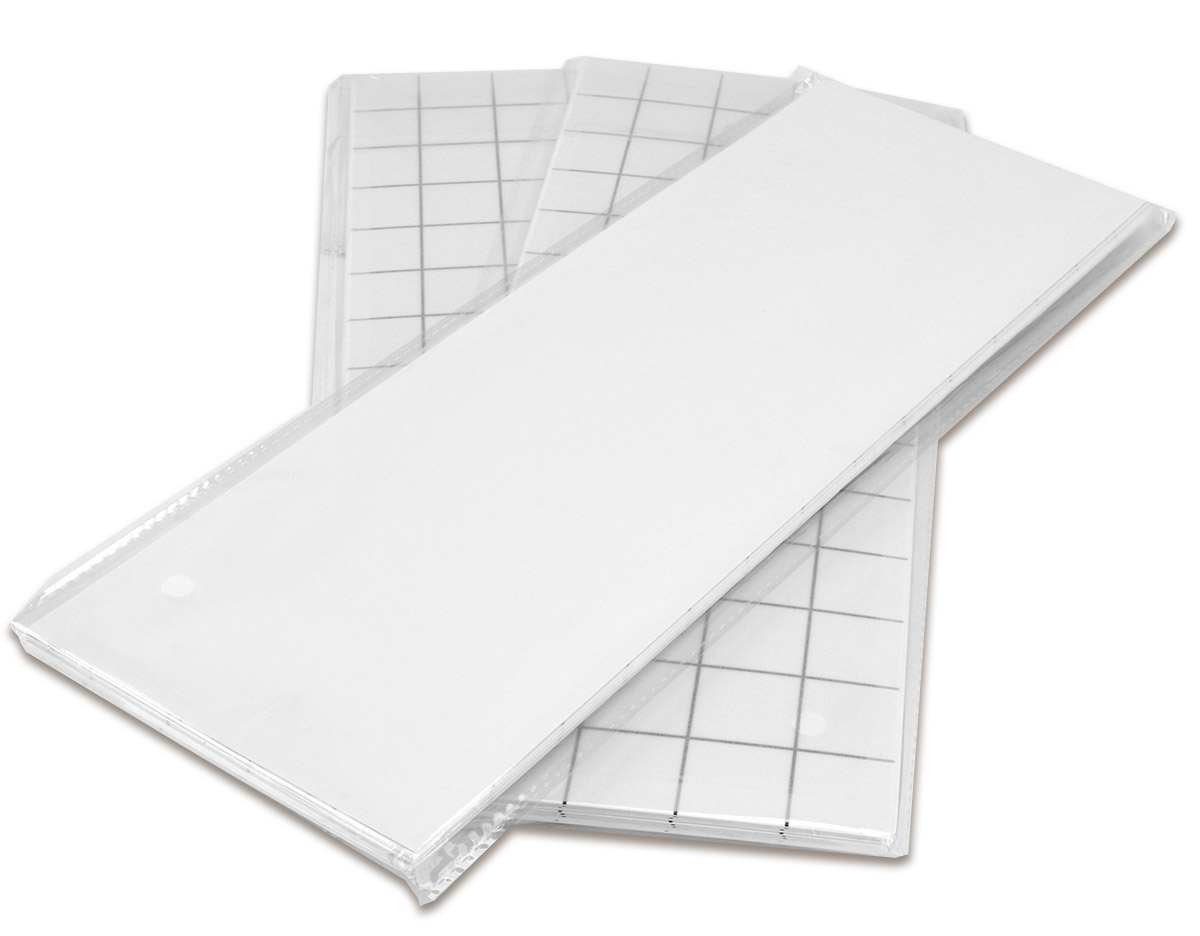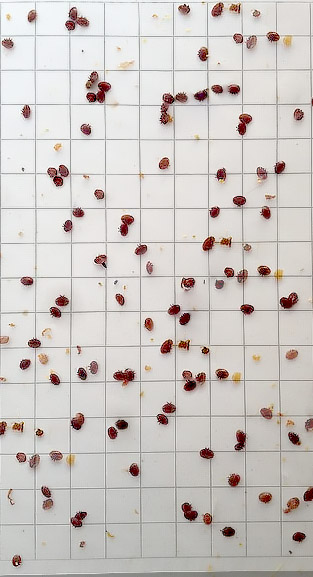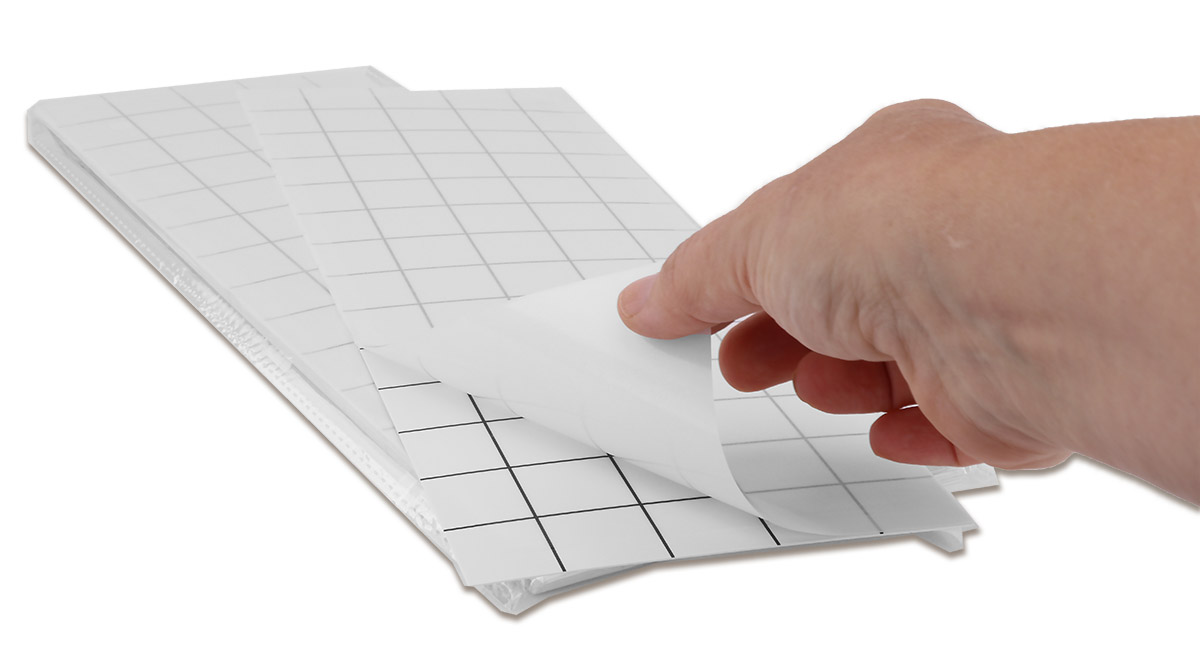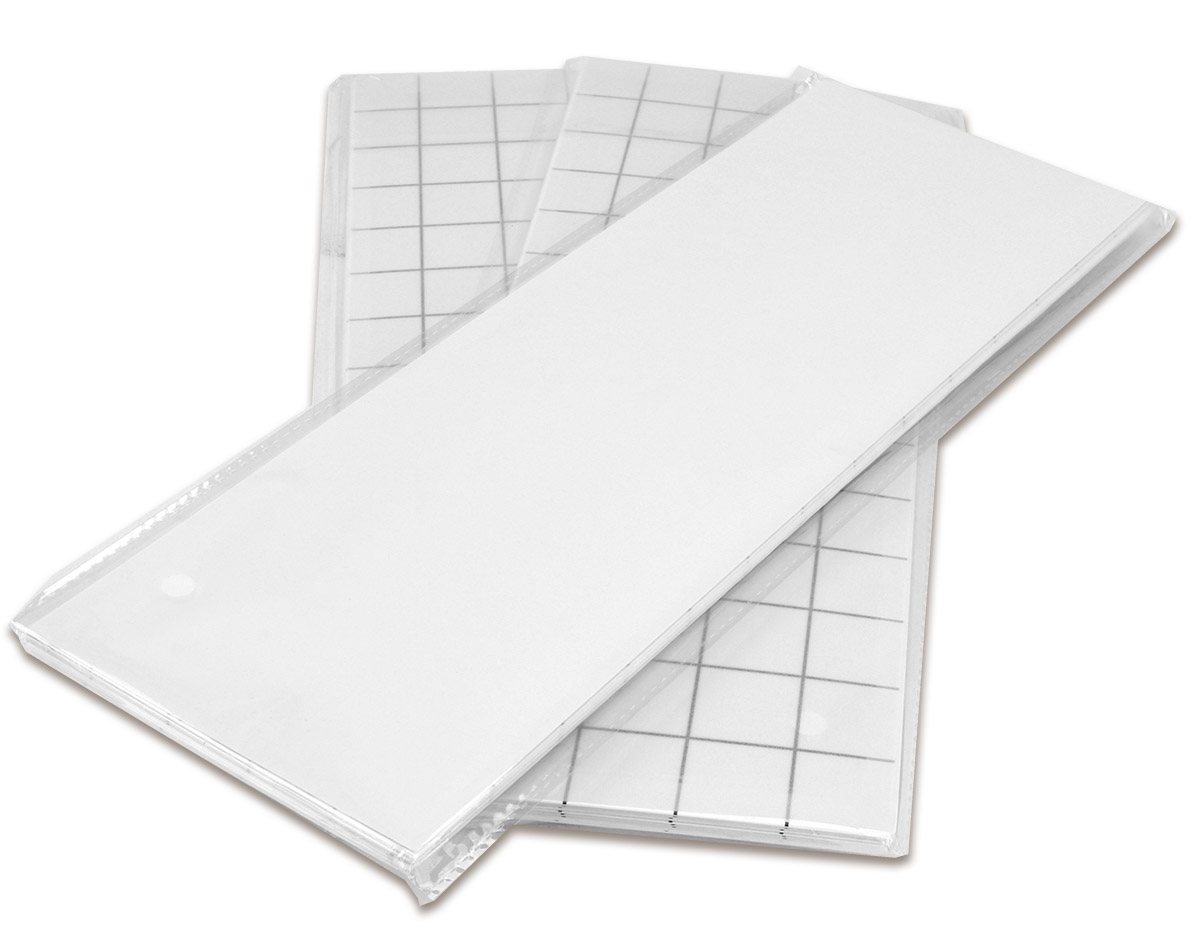Tel: 02 9731 7400 | Unit 1A, 1 Swaffham Road, Minto NSW 2566
Store Categories
This small strip Varrroa sticky mat would fit a nuc. It is used to monitor and control Varroa destructor mites,which are parasitic mites that infest honeybee colonies. The sticky mat is typically placed on the bottom board of a beehive, beneath the hive frames. Here's how it works:
1. **Adhesive Surface:** The sticky mat is coated with a sticky substance or adhesive on one side. This adhesive is designed to trap and hold any Varroa mites that fall onto the mat.
2. **Placement:** The beekeeper places the sticky mat on the bottom board, directly beneath the brood area of the hive where Varroa mites are most likely to be found. The mat is usually left in place for a specific period, often a few days to a week.
3. **Mite Monitoring:** As Varroa mites move around the hive, they naturally fall off adult bees and immature brood. When they fall onto the sticky mat, they become stuck to the adhesive surface. The beekeeper can then inspect the mat to determine the level of Varroa mite infestation in the hive.
4. **Population Control:** While sticky mats are primarily used for monitoring, they can also help reduce the overall Varroa mite population in the hive. The trapped mites on the mat cannot reproduce or continue infesting the hive.
It's important to note that sticky mats are just one component of an integrated pest management (IPM) strategy for controlling Varroa mites. Beekeepers often use a combination of methods, including chemical treatments, biological controls, and cultural practices, to manage Varroa mite infestations and protect the health of honeybee colonies. Regular monitoring with tools like sticky mats helps beekeepers assess the effectiveness of their Varroa mite control measures.
Measurement:
35cm x 12cm
For more information on the Varroa mite, read below;











